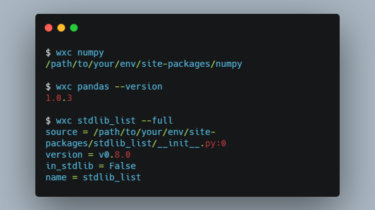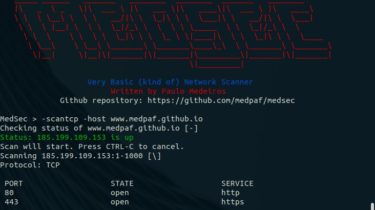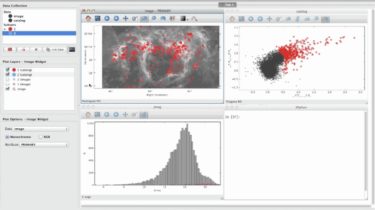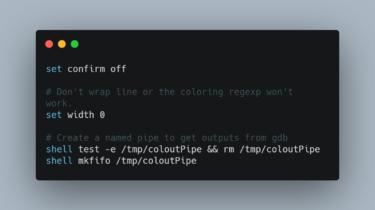A command line tool to query source code from your current Python env
wxc wxc (pronounced “which”) allows you to inspect source code in your Python environment from the command line. It is based on the inspect module from thestandard library. In essence, $ wxc pandas is equivalent to $ python -c “import pandas; print(pandas.__file__)” wxc can also be used to navigate source code, by locating classes and functions by file:line number $ wxc pandas.DataFrame /path/to/your/env/site-packages/pandas/core/frame.py:319 which is extremely convenient when combined with augmented terminal applications such as iterm2. Installation $ pip install […]
Read more







